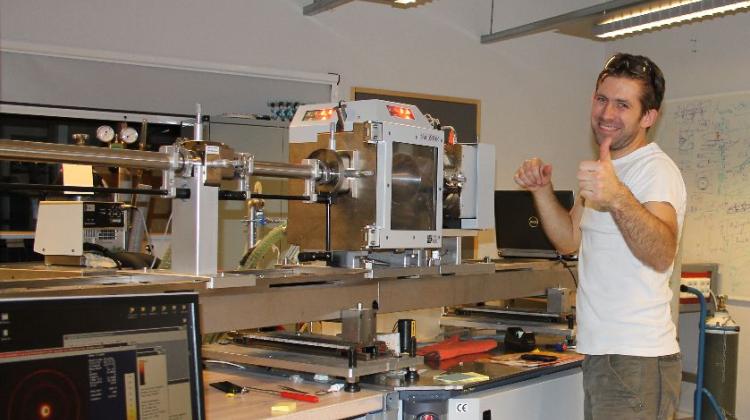Opole scientist studies antibiotic potential of Silesian clay
 Credit: Fotolia
Credit: Fotolia
A scientist from the Opole University of Technology researching the use of bactericidal properties in Silesian healing clay has been given backing from the National Science Centre as part of the MINIATURA programme.
According to a 2019 Supreme Audit Office report, one of the greatest contemporary threats to public health is the emergence and spread of antibiotic-resistant, pathogenic bacteria strains. They cause high mortality, a large number of hospital complications, and constitute a growing therapeutic problem, especially in the elderly. The number of multi-resistant infections in Poland is estimated at about 300,000 to 500,000 per year. The annual costs incurred in connection with the extension of hospitalisation due to infections are estimated at approx. PLN 800 million.
According to Dr. Izabela Spielvogel from the Opole University of Technology, the evolution of pathogen resistance is a global problem that requires innovative ways to search for ways to combat pathogens.
Her work is an extension of the research done by the Renaissance physician, natural therapist and geologist from Strzegom, Johann Schulz (1531–1604), known as Johannes Montanus, who initially discovered the Silesian healing clays.
Dr. Spielvogel said: “Recently, there has been an increased interest in ethnomedical sources in the process of obtaining new drugs. Due to their bactericidal properties, clays have been intuitively used in medicine in all parts of the world since the earliest times. Based on the information obtained from the analysed historical sources, the mentioned deposits will be identified, and samples of clays collected from available deposits or from boreholes will be subjected to laboratory analysis. As part of this research, the composition of all medicinal clays known from descriptions and their antibacterial effectiveness against selected bacterial strains will be described in detail. An attempt will be made to identify the antibacterial mechanism.”
The effectiveness of clays in the treatment of various types of infections has been known for hundreds of years in many places around the world. Kisameet clay suspension, used for centuries by the Heiltsuk, has been shown to be effective against 16 strains of multi-drug resistant bacteria that cause most nosocomial infections. Studies also show the effective use of clay materials in Africa to treat ulcers and accelerate the healing of wounds infected with Mycobacterium ulcerans, or blue clay from Oregon, which kills, among other things, methicillin-resistant Staphylococcus aureus (MRSA).
PAP - Science in Poland, Marek Szczepanik
masz/ ozk/
tr. RL
Przed dodaniem komentarza prosimy o zapoznanie z Regulaminem forum serwisu Nauka w Polsce.
















